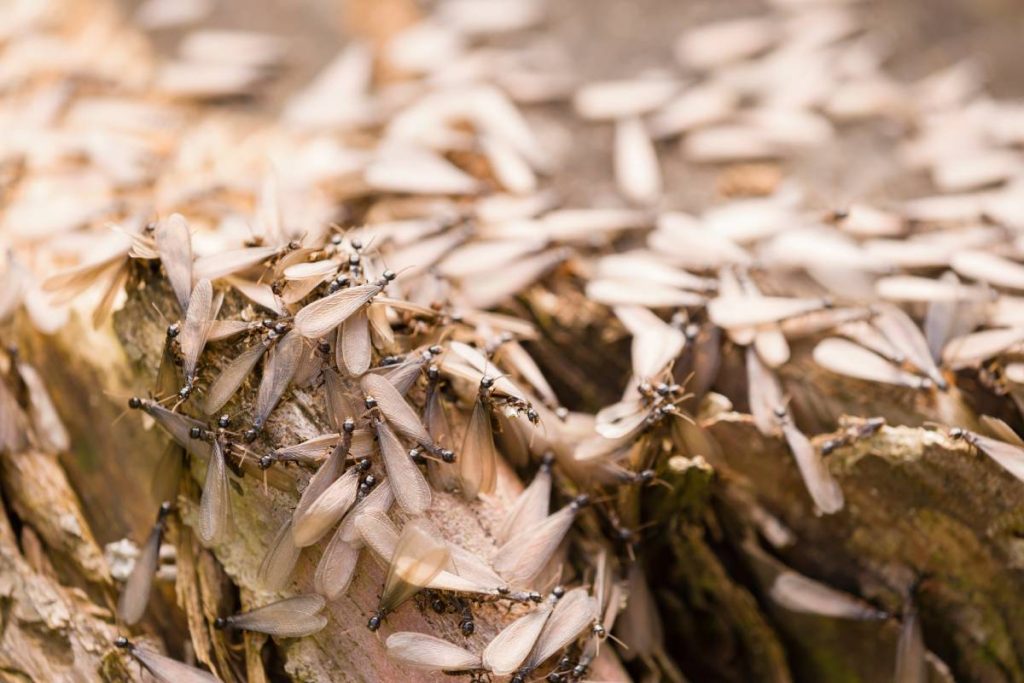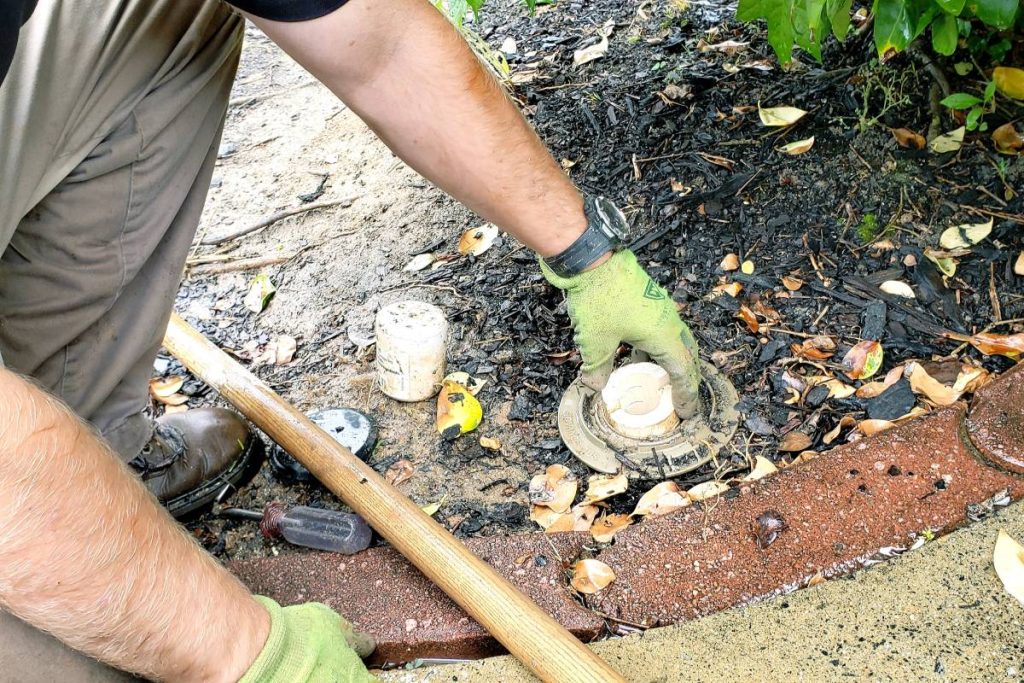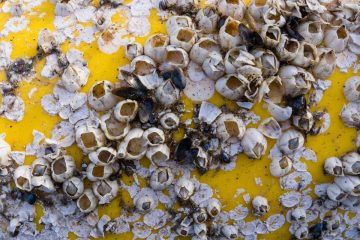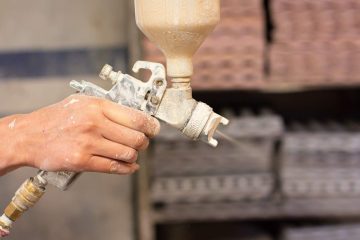What are the Types of Termites? What are the Sign of Termites? How Do You Keep Termites Away DIY?

Termites are little insects that live in big groups. They come in colours like pale brown or white and mainly stay in soil, underground, or in trees. Despite their small size, they can cause significant damage.
Their scientific name is “Isoptera,” and they are among the oldest insects on Earth. Termites work non-stop, eating wood and other cellulose materials. Luckily, there are various methods to control them.
But first, we have some fun facts about termites that you should know…
Fun Facts About Termites
Here are some interesting facts about termites:
- Some termites can lay 15 to 20 eggs per minute.
- Queen termites live longer than other termites, sometimes up to 350 years.
- The estimated total weight of all the termites on Earth is 445 million tons, more than that of humans at 350 million tons.
- There are around 2,700 termite species in the world.
- Termites communicate by making vibrations. When soldiers sense danger, they tap on tunnel walls to alert others.
- Termites are surprisingly clean pests, spending lots of time grooming each other to stay disease-free.
- Termites live in a caste system, with different roles for each member. Worker termites provide food to soldiers and reproductive termites, while everyone else focuses on destroying wood.
Now that we’ve learnt something about them, let’s get to know them a little bit more.

What are the Types of Termites
Subterranean Termites
-
- These are the most common termites, often found in building timbers, fallen trees, and branches in contact with the soil.
- Subterranean termites need moisture to survive and build their nests in soil close to damp areas.
- They create mud tubes to access their food source and protect themselves from the open air.
Formosan Termites
-
- Formosan termites are the most aggressive and destructive termite species.
- They nest inside building walls and form large colonies that can quickly damage property.
- These termites are 12 to 15 millimetres long and are attracted to light, often building nests near windows and light fixtures.
- Their aggressive nature makes them difficult to control.
Dampwood Termites
-
- Dampwood termites infest wood with high moisture content and are larger compared to other termite species.
- They are typically found outside in timber that’s in contact with soil and form small colonies.
Drywood Termites
-
- Drywood termite colonies are relatively small, with fewer than 1,000 individuals.
- As the name suggests, they infest dry wood and do not require moisture contact.
- These termites nest in wooden roof materials and need high humidity for survival.
Conehead Termites
-
- Formerly known as “Tree Termites,” they were renamed to dispel the misconception that they only live in trees.
- Conehead termites don’t use tunnels for travel; they move on the ground like ants, spreading quickly.
- They create nests with chewed wooden material on the surface.

Common Signs of Termite Infestation?
Termites are dangerous enemies for our house that should be exterminated, but how do we know if our house is infested by termites? Here are some signs that let you know your house is being eaten.
- Drooping and discolored drywall.
- Hollow sound when tapping on wooden structures.
- Crumbling and damaged wood.
- Mud tubes climbing the exterior of your house.
- Piles of discarded wings are left after swarming.
- Small pinpoint holes in the walls.
- Windows and doors that are difficult to open or close.
- Termite droppings, known as frass, are left behind.
- Live flying termites may be seen.

Inserting termite traps
How Do You Keep Termites Away DIY?
Here are some DIY methods to control termites using readily available and natural solutions:
- Nematodes:
- Nematodes are tiny parasitic worms that can quickly reduce termite populations.
- Introducing them to the infested area can yield positive results, as they eliminate termites through their reproductive process.
- Using nematodes is a simple and practical way to get rid of termites.
- Vinegar:
- Vinegar is a common household product that can help control termite populations.
- You can create a termite-killing solution by mixing lemon and vinegar in a spray bottle.
- Applying this mixture to termite-infested areas can be effective, as its acidic nature kills termites on contact.
- Borates (Borax Powder):
- Borates, also known as borax powder, can be used in the form of dust or by mixing it with water.
- Reapplication of borax at regular intervals ensures it reaches a maximum number of termites.
- Be careful of using borax because it can cause nausea, vomiting, and diarrhoea if you ingest it by itself, and large amounts can lead to shock and kidney failure (by consuming it in the large amount), please make sure it will have no contact with food or edible stuff in any way.
- Orange Oil:
- Orange oil contains d-limonene, which is toxic to termites.
- This oil is derived from orange peels and dissolves the exoskeletons of termites, causing them to lose moisture and proteins, ultimately leading to their demise.
- It’s an effective method for termite control that produces good results.
- Wet Cardboard:
- Termites are attracted to two things: water and cellulose.
- To lure termites away from your home, take a piece of cardboard and dampen it with water.
- Place the wet cardboard in areas where you observe high termite activity.
- Termites will gather on the cardboard, essentially turning it into a termite buffet.
- Once you notice a significant number of termites on the cardboard, remove it and dispose of it by burning it.
- You can repeat this process to gradually eliminate all the termites from your property.
Final Thought
Taking steps to address and control termite infestations is really important for your property. Doesn’t matter if they are subterranean, Formosan, damp wood, dry wood, or conehead termites, TERMITES ARE TERMITES. Put your close eye on the sign that will tell you every corner of your house, and you can prolong your property for your descendants.
Remember that while there are some DIY solutions that can be helpful for smaller infestations, severe termite problems may require professional pest control services. Regular inspections and preventive measures are also essential to keep termites at bay. Being proactive and knowledgeable about termite control is your best defence against these destructive insects.










